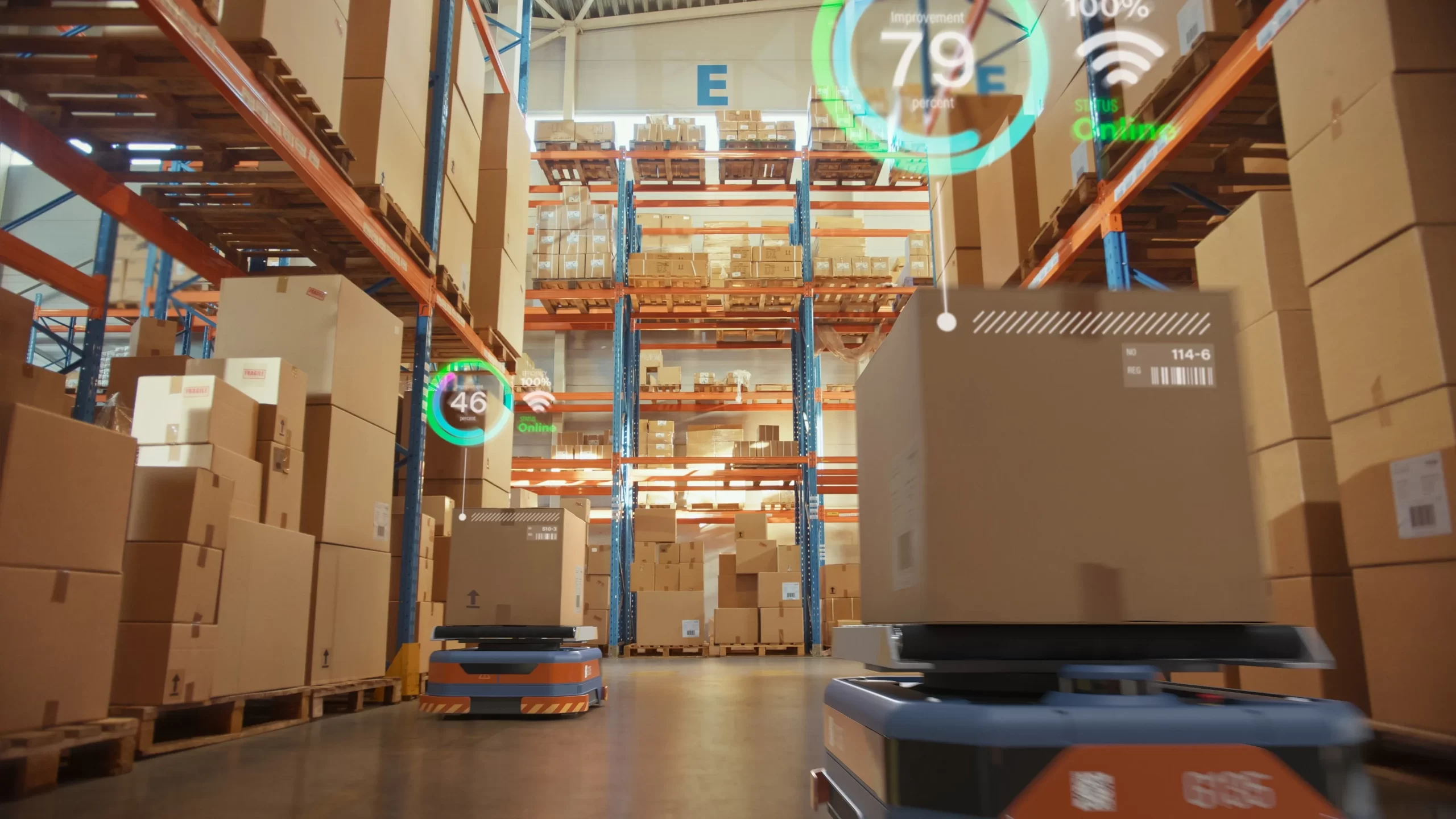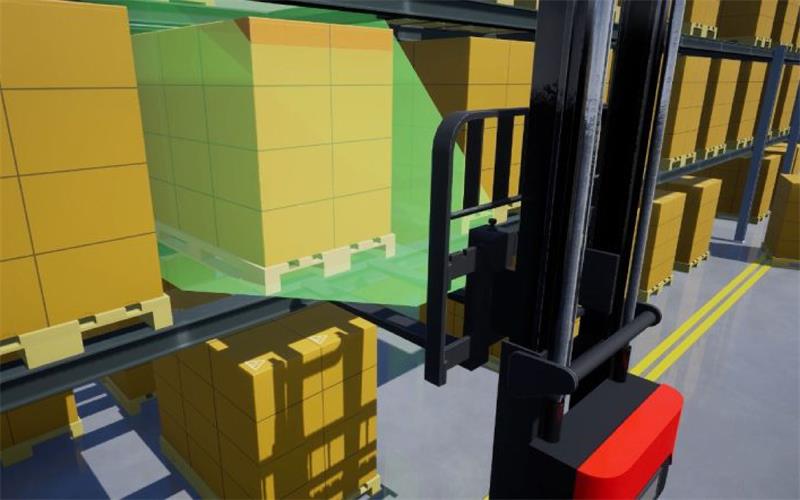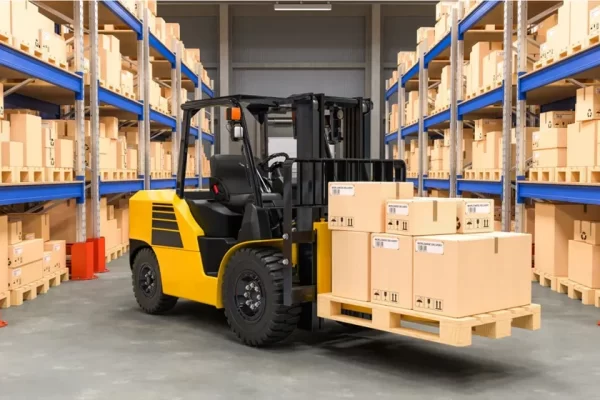In the rapidly evolving landscape of industrial automation, Automated Guided Vehicles (AGVs) and Autonomous Mobile Robots (AMRs) have become essential tools for improving operational efficiency, flexibility, and safety. To navigate dynamic and complex environments reliably, these autonomous systems rely on high-performance perception technologies. Among them, the Time-of-Flight (ToF) camera stands out as a next-generation 3D sensing solution, enabling smarter and more reliable navigation and obstacle avoidance for AGV and AMR platforms.

Table of Contents
Why ToF Cameras Excel in AGV/AMR Navigation and Obstacle Avoidance?
Environmental perception is critical for AGV and AMR systems. These autonomous robots must detect obstacles, moving objects, and human activity with high accuracy across a wide range of indoor environments. While traditional sensing solutions like ultrasonic sensors or LiDAR perform adequately in certain scenarios, they often face limitations in resolution, real-time responsiveness, or resilience to interference.
Vzense ‘s NYX series ToF camera provides a robust and efficient alternative. Capable of delivering full-frame depth data at 30 frames per second with latency under 50 milliseconds, ToF systems ensure quick reaction times for effective path planning and dynamic obstacle avoidance.
Moreover, most ToF systems feature a wide field of view (FoV) and support customizable configurations, enabling them to cover large areas without requiring multiple sensor installations. This simplifies hardware integration, reduces overall system cost, and enhances flexibility in deployment.
Key Applications of 3D Cameras in Mobile Robotics
In scenarios such as warehouse automation, smart manufacturing, and logistics sorting, 3D cameras based on ToF technology play an increasingly important role. Beyond basic navigation, they support advanced functions like precise docking, elevator interaction, person detection, and dynamic path adaptation.
For example, AMRs equipped with ToF sensors can reliably detect object contours and map environments in real time—even in low-light, reflective, or texture-poor settings. Depth data from the ToF camera can also be fused with inputs from Inertial Measurement Units (IMUs) to achieve more stable indoor SLAM (Simultaneous Localization and Mapping).
ToF cameras further enable multi-zone detection, allowing users to define virtual zones through software for speed control, collision avoidance, or human-safe operation. This flexibility is crucial for AGV/AMR systems working in collaborative environments alongside human operators.

Core Advantages of Vzense‘s ToF Integration in AGV/AMR
Vzense ‘s NYX series ToF camera have depth sensing into mobile robot platforms which brings several tangible benefits:
• High-accuracy distance measurement at short to medium ranges: Ideal for indoor environments such as corridors or confined industrial spaces.
• Real-time 3D data streaming: Enables fast path adjustment and intelligent obstacle avoidance.
• Compact and lightweight form factor: Suitable for size-constrained AGV/AMR applications.
• Industrial-grade reliability: IP67 protection and wide operating temperature range (–20°C to 50°C) ensure performance in harsh conditions involving dust, humidity, or temperature variation.
Compared with stereo vision or structured light systems, Ours ToF cameras are also easier to calibrate and maintain—helping reduce long-term operating costs and improving system reliability.
Looking Ahead: Smarter and Safer Autonomous Mobile Robots
As industrial automation trends toward greater flexibility and intelligence, AGV and AMR systems are demanding more from their 3D perception capabilities. The fusion of ToF sensing with AI algorithms and edge computing is becoming a defining feature of next-generation autonomous robots. From intelligent forklifts to indoor delivery robots, 3D cameras are emerging as the “perceptual brains” behind safe and efficient operations.

Looking forward, advances such as multi-frequency iToF systems, HDR (High Dynamic Range) depth capture, and AI-powered scene semantics will further overcome ToF’s physical limitations. These enhancements will improve performance in challenging scenarios—like detecting transparent or dark surfaces, or interpreting complex backgrounds—thus enabling AGVs and AMRs to gain deeper environmental awareness and make better-informed navigation decisions.
If you’d like to learn more about our 3D camera technology, feel free to explore our previous articles. Also, If you would like to meet with us in person, please click here for our latest exhibition information.












